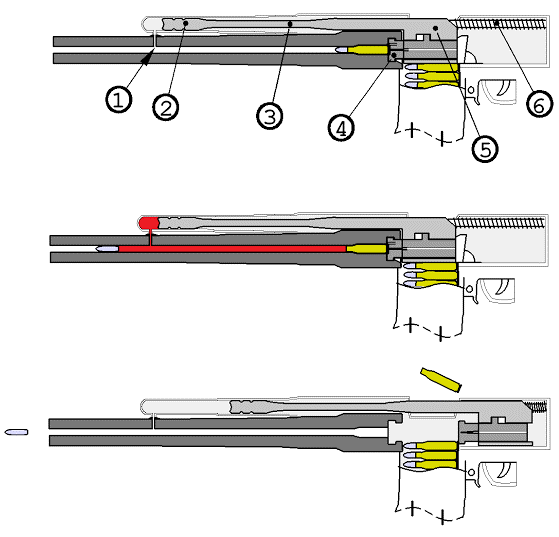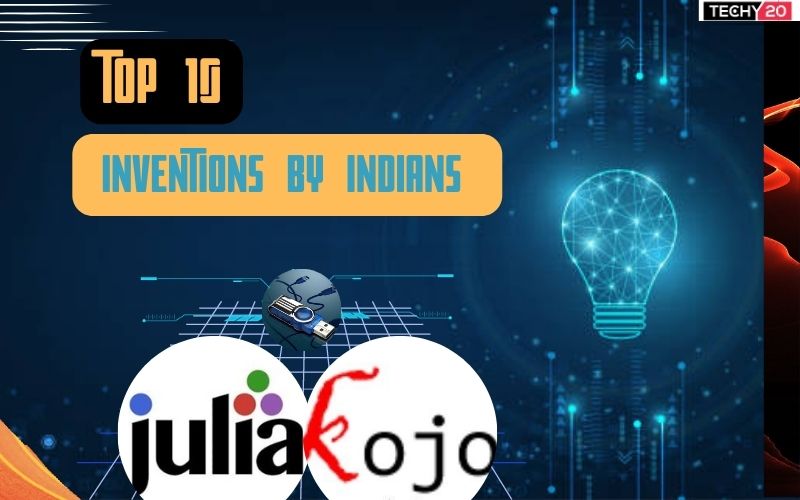Modern India places a lot of emphasis on science and technology because it understands how important they are for economic growth. In terms of space exploration, India is one of the top five countries in the world, making it one of the top countries for scientific research. From laptops and cell phones to air travel and CAT scans, India is a significant consumer of high-tech products. In these high-tech fields, India has a minimal positive impact. For example, it is far behind its Asian neighbors, China, Taiwan, South Korea, and Singapore. Science and technology have recently contributed greatly to the establishing of companies in India. Development and research in the realm of technology, from the micro to the macro level, have produced the perfect niche for expanding the nation’s economy as a whole. Here is a list of some of the greatest technological advancements made by Indians.
1. Pentium Chip
The majority of us are likely aware of the vital role Pentium microprocessor processors play in a computer’s performance and speed. Vinod Dham, an Indian-born engineer, developed the first Pentium chip in 1993. While he was an employee at Intel, Dham and his team created the Pentium chip. He is currently referred as the inventor of the Pentium processor in the world.
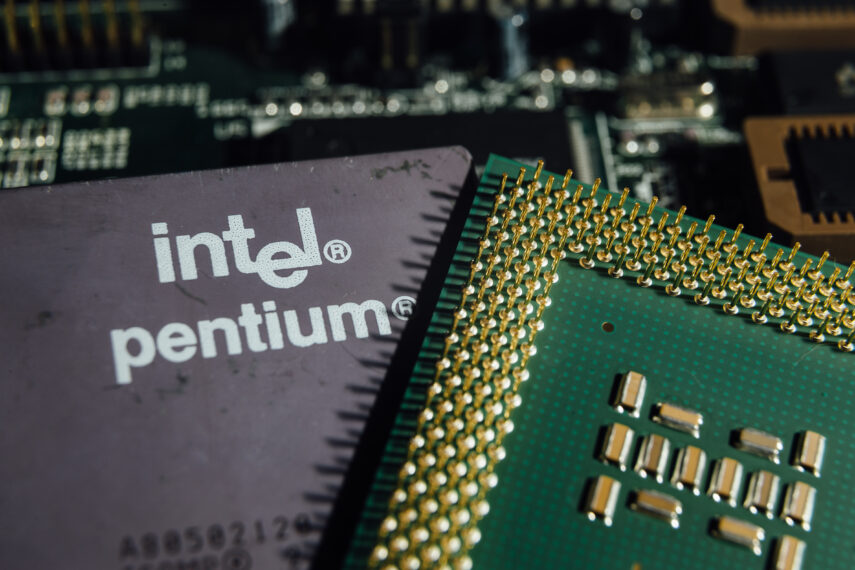
2. Wireless Communication
In 1895, Sir J. C. Bose delivered his first demonstration of electromagnetic waves. He also created the Mercury Coherer and the telephone receiver that Guglielmo Marconi used to receive the radio transmission on his first transatlantic radio connection in December 1901. The first patent for the solid-state diode detector that can pick up electromagnetic waves belongs to Sir J. C. Bose. A galena crystal served as the foundation for the sensor. Bose’s accomplishments have finally received recognition.
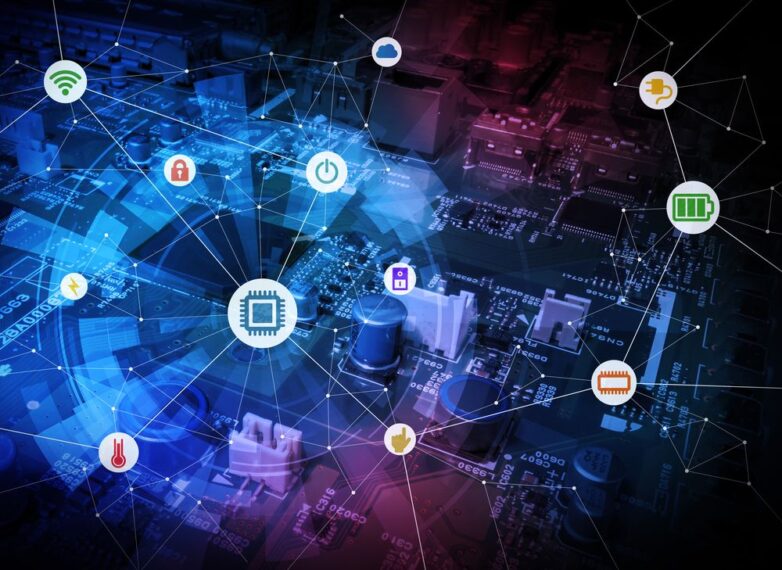
3. Hotmail
Microsoft offers a complimentary email address called Hotmail. Since it is web-based, any Web browser can be used to view it. One of the earliest unrestricted web-based email systems in existence was Hotmail. Sabeer Bhatia, an Indian, is the guy who created it. On July 4, 1996, Sabeer and a coworker named Jack Smith started hotmail.com, which was eventually purchased by Microsoft.
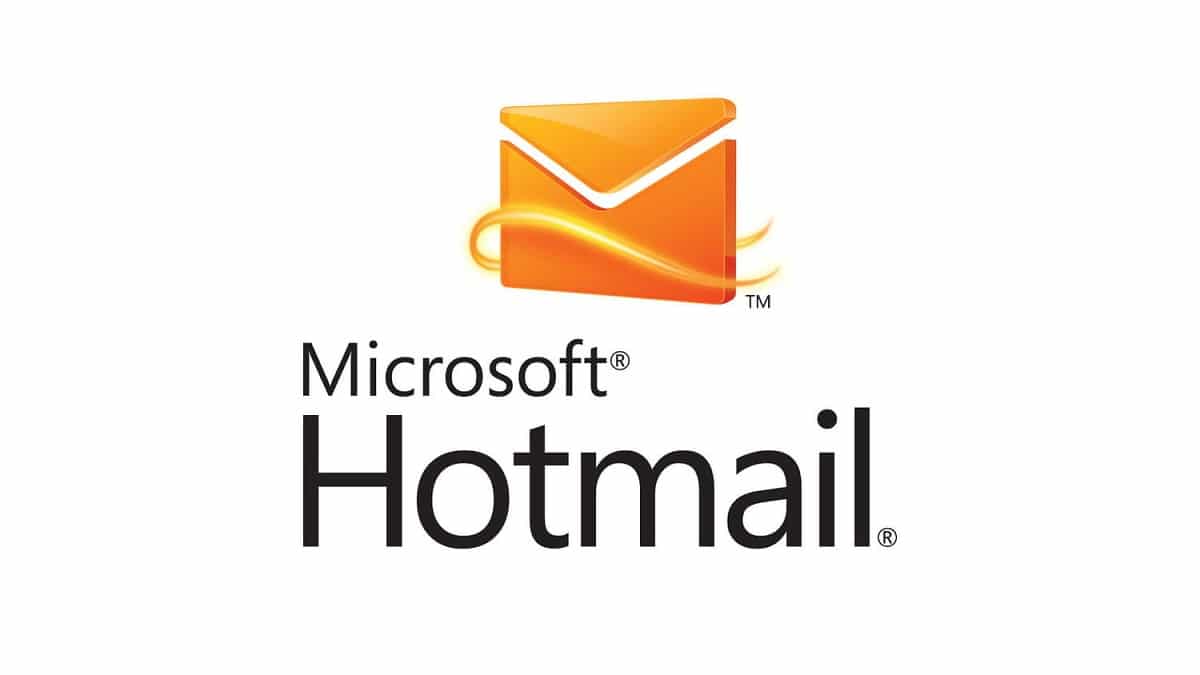
4. Speech to Language
Arsh Shah Dilbagi, a 16-year-old Indian kid, created the alternative and augmentative communication (AAC) tool TALK, which turns breaths into verbal instructions and phrases. People with speech problems and developmental disabilities may benefit from this technical advancement, which is still in the patent-pending stage. The portable device, Dilbagi, hopes to be available soon after being a finalist at the Google Science Fair in 2014.

5. USB (Universal Serial Bus)
In the world of computers, USB is perhaps one of the most revolutionary technologies. Ajay Bhatt, a computer architect from India, is credited with developing USB technology. Computers formerly plugged devices into them and sent data using serial and parallel interfaces. Ajay created the USB standard in 1994, and as of right now, he is the owner of 132 U.S.; and foreign patents, with several others pending.
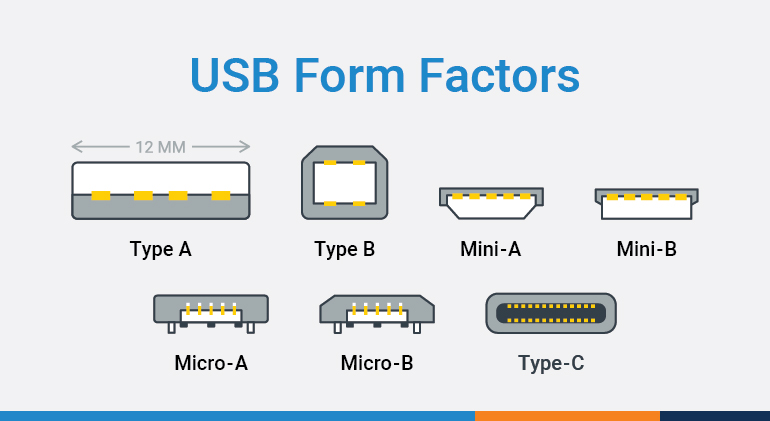
6. Fibre Optics
You may find this to be a shocking realization. The first true fibre optic cable was constructed in 1952 by physicist Dr. Narinder Singh Kapany, who is of Indian descent. John Tyndall’s investigations from three decades earlier served as the inspiration for this invention. The first book about the emerging discipline was written by Kapany, who also served as its most well-known researcher, author, and advocate. In a 1960 article in Scientific American, Kapany first created the phrase “fiber optics.”
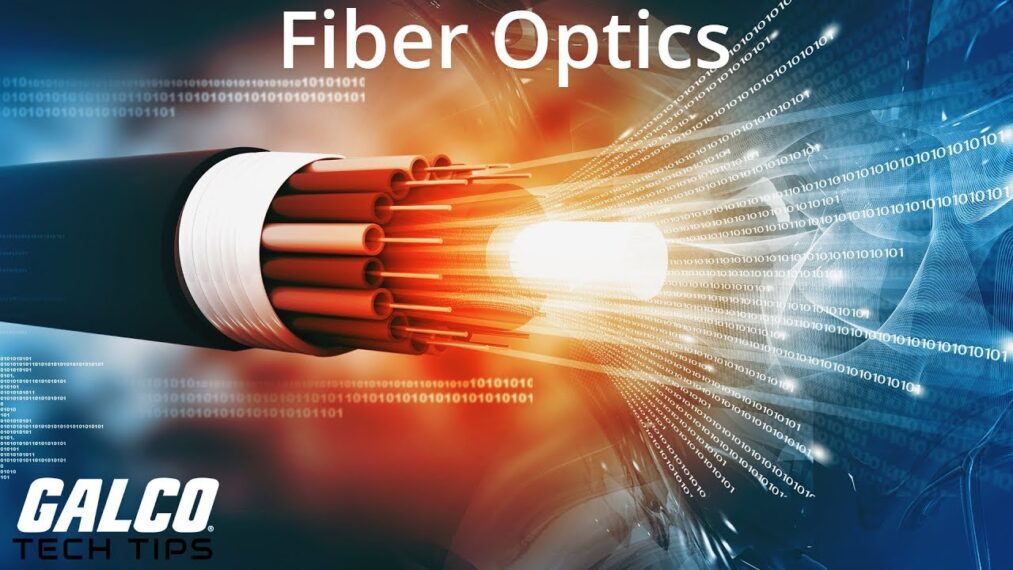
7. Google News
Working in the fields of user interface and algorithmic assistance for Web search and content analysis, Krishna Bharat is a Senior Scientist at Google Inc. Krishna is the brainchild behind the hugely successful Google News, and he is an IIT Madras graduate. One of Google’s earliest forays outside of its page’s simple text search functionality was Google News. He was also presented with the 2003 World Technology Award for Media & Journalism. The new Google R&D Center in Bangalore; India, is currently led by Krishna.

8. Backus-Naur Form
In computer science, Backus-Naur form, Backus normal form (BNF), or Panini Backus form is a notation technique for context-free grammar frequently used to define the syntax of languages used within computing, like computer programming languages, document layouts, instruction sets, and communication protocols. They are used everywhere precise language descriptions are required, such as in manuals, lectures on programming language theory, and official language specifications. The work of “Panini,” who lived between the 7th and 4th century BCE, is at least where the concept of defining the language’s structure using rewriting rules first appears.
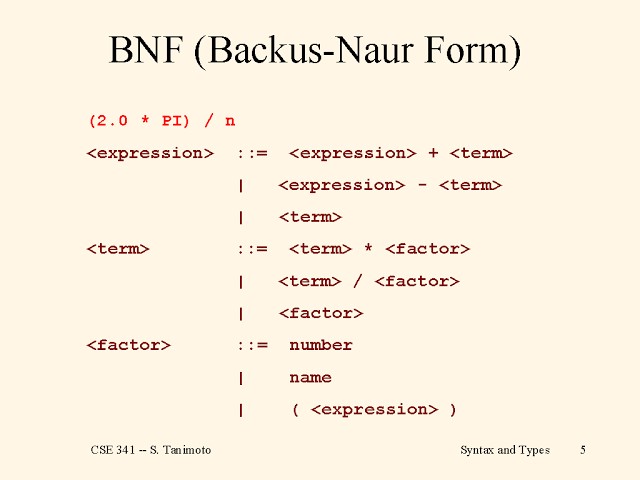
9. FTP (File Transfer Protocol)
On a computer network, it is a common protocol for exchanging data when files need to be sent from a server to a client. With distinct control and data interconnections here between the client and the server, FTP is designed using a client-server model architecture. The File Transfer Protocol and early email protocols were created by Abhay Bhushan, who began working on them while he was an IIT-Kanpur student.
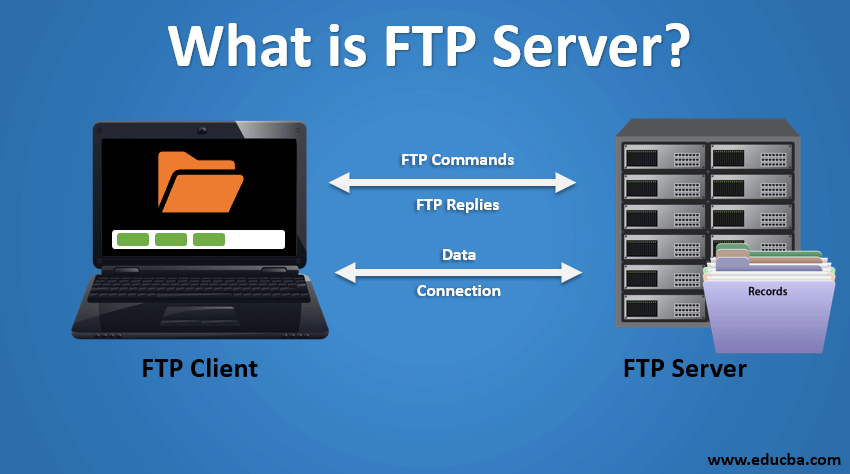
10. Shakti
Shakti is a Bluespec open-source system with Verilog definitions for FinFET ISA implementations that were developed at IIT Madras and are available on GitLab. Industrial-grade Shakti processors are designed for embedded applications, robotic controls, and Internet of Things boards. By embracing Shakti processors, Altair Embed increases its footprint in creating embedded firmware for devices connected to the internet.
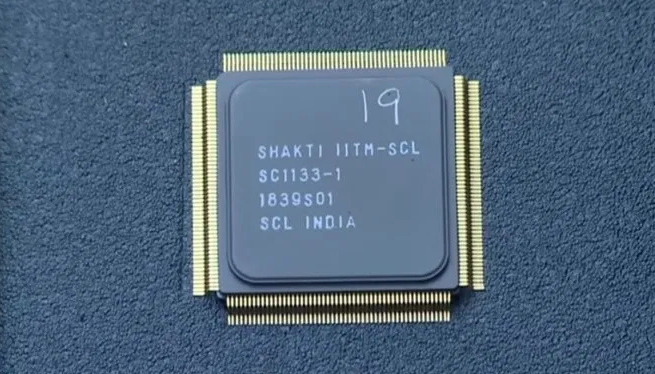
11. Kojo
Kojo is an integrated development environment (IDE) and programming language for use in computer programming and education. It contains various features that make it possible to play, explore, create, and learn computer programming, arithmetic, graphics, mental abilities, music, art, science, gaming, animation, and electronics. It is a free software programme. Lalit Pant, an Indian teacher and computer programmer who lives in Dehradun, designed it and is still actively working on it.
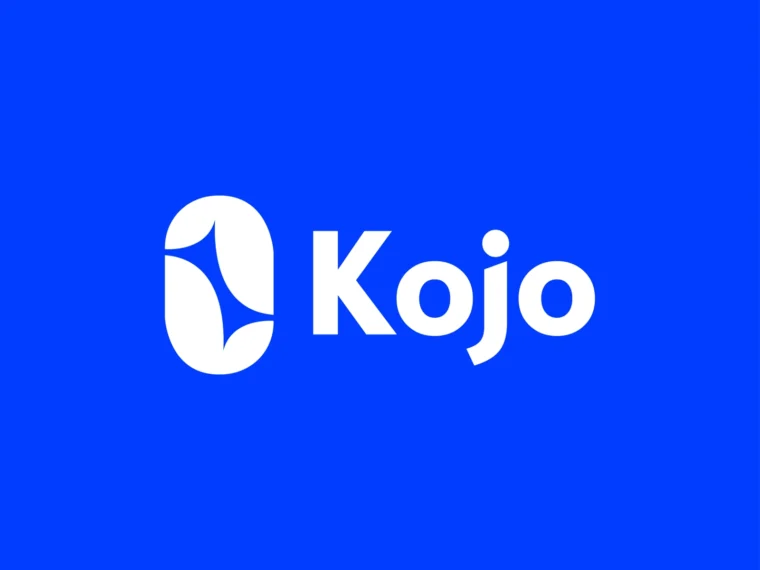
12. Visual J. Sharp
Java and Visual J++ programmers can keep using their existing skills and applications on the Net. framework by switching to the Visual J# programming language, which served as a bridge language. The Microsoft India development office in Hyderabad, India, created it. Java and Visual J++ programmers could leverage their existing skills and programmes with the.NET Framework by using Visual J#, a deprecated application of the J# programming language.
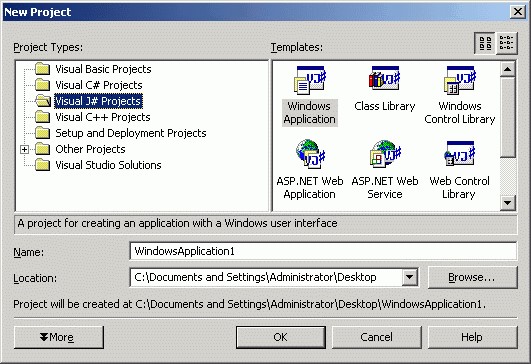
13. Julia
The programming language is dynamic, high-level, and level. Although it is a general language and may be used to create any type of programme, many of its capabilities are ideally suited for computational research and numerical analysis. While still being as simple to use as Python, it is intended to provide users with the speed of C/C++. Thus, developers are able to tackle issues more quickly and successfully. Complex computational issues are well-suited to Julia.

14. RISC-V
RISC (reduced instruction set computer) principles served as the foundation for the instruction set architecture (ISA) known as RISC-V (“risk-five”). The open platform instruction set architecture known as RISC-V is unique and revolutionary because it is based on well-established RISC concepts. Contrary to the most previous ISA designs, RISC-V is distributed under free and open-source licenses.
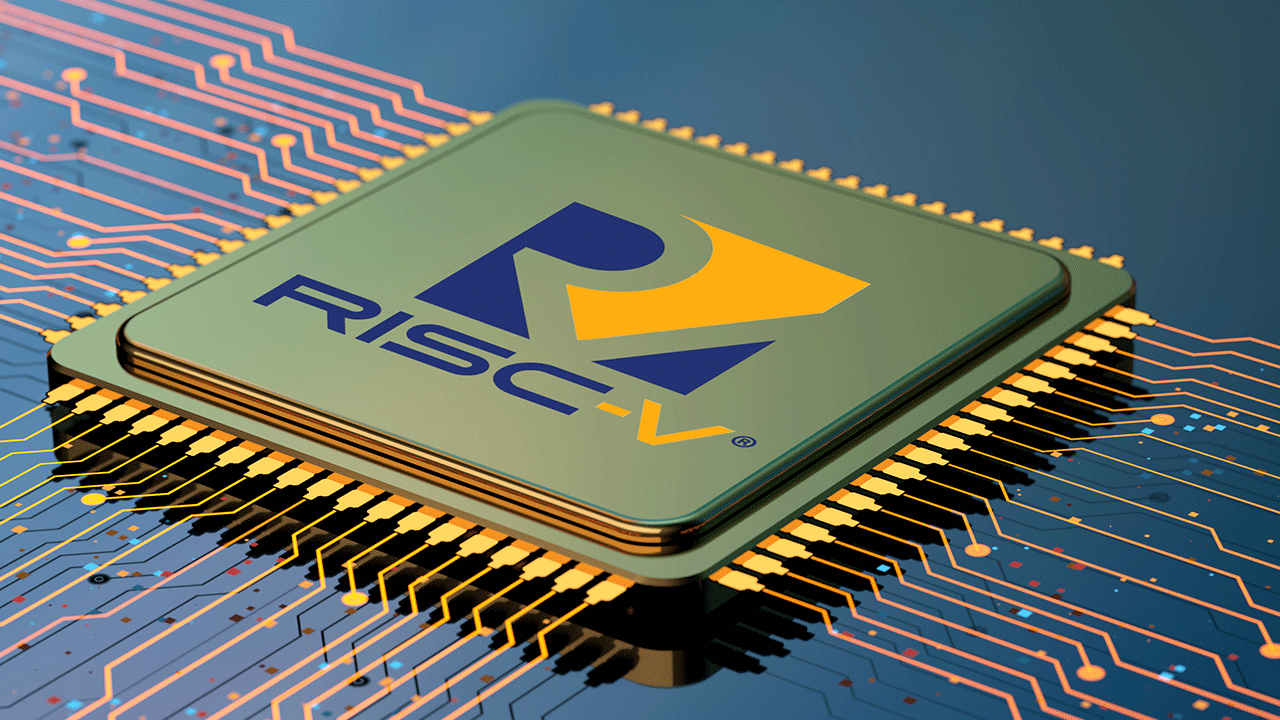
15. Vega Microprocessors
A range of domestic processors called VEGA Microprocessors were created by C-DAC. Numerous high-performance 32-bit and 64-bit Single/Multi-core Superscalar In-order/Out-of-Order processors based on the RISC-V ISA are included in the portfolio. It is the first locally developed multi-core, 64-bit, superscalar, RISC-V processor in India. This processor is intended for applications such as sensor fusion, smart meters, tiny IoT devices, wearable technology, electronic toys, etc. It is small and effective.
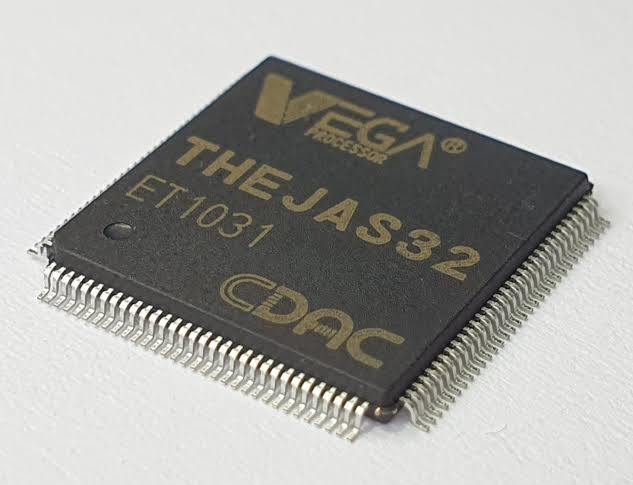
16. Digital Vaccines
An effective obtained immunity to a specific infectious disease is provided by a biological preparation known as a vaccine. The typical component of a vaccination is an agent that closely resembles a microbe that causes a disease; this agent is frequently created from weakened or deceased versions of the microorganism, its toxins, or one of the surface proteins. Based on fundamental neurocognitive computing and immunological modulation discoveries in pediatric and young adult populations, this subfield of digital therapeutics was invented by Bhargav Sri Prakash through work led by his team at Carnegie Mellon University.

17. Simputer
The Simputer, often known as the “simple, affordable, and multilingual people’s computer,” is a self-contained, open-hardware portable computer created for use in settings where personal computers are regarded as cumbersome. Under the supervision of Dr. Swami Manohar, it was developed in 1999 in collaboration with Encore India, a company with headquarters in Bangalore. The Simputer and its derivatives, initially designed to bring the internet to India’s populace, are now extensively used by the Indian Army, as well as other public and private organizations, by the governments of many Indian states as part of their e-governance initiatives.
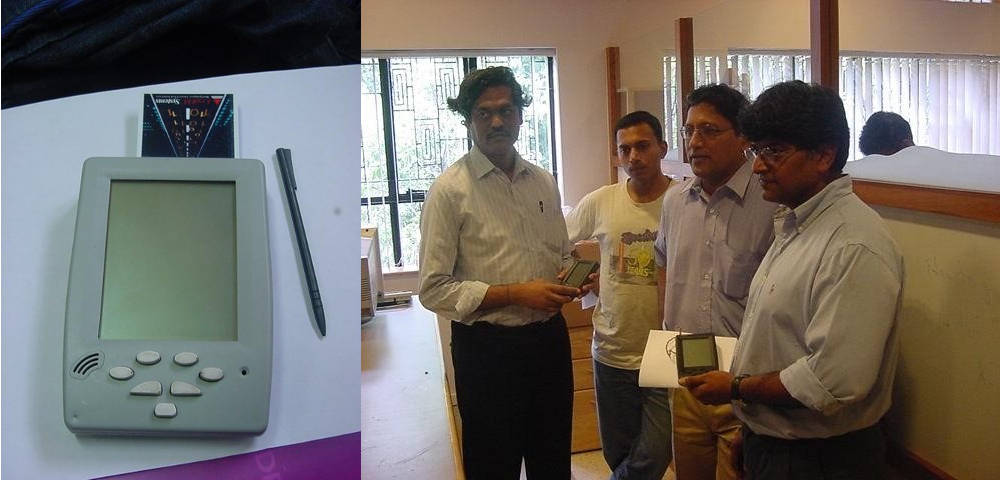
18. SixthSense
An innovator and computer scientist, Pranav Mistry is best known for his work on the Samsung Galaxy Gear, Project Beyond, and SixthSense. He also leads the Think Tank Team. Before working for Samsung, he previously held positions at Google, Microsoft, NASA, UNESCO, Japan Science & Technology, and CMU. With the aid of the cutting-edge augmented reality (AR) technology, SixthSense, users may pop up a screen on the wall by swiping their fingers in the air and controlling it. Along with those projects, he has also contributed to BlinkBot, SPARSH, QUICKiES, and other initiatives.
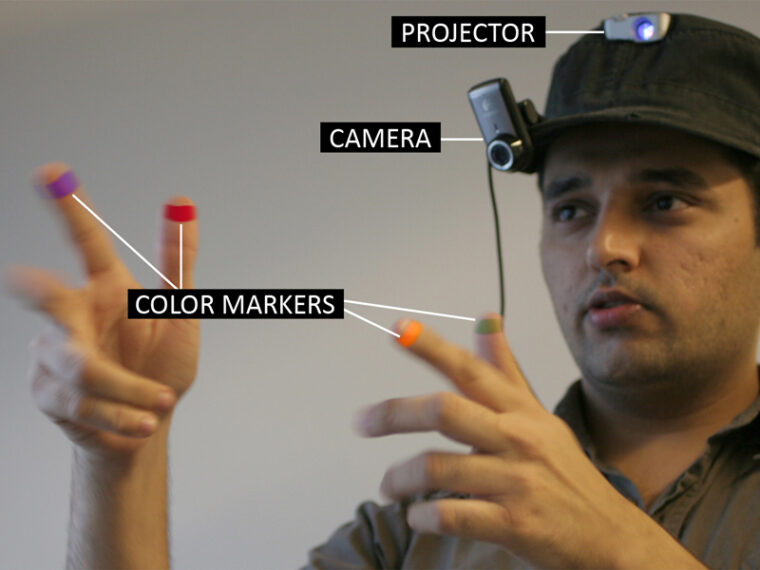
19. E-mode HEMT
A typically OFF device that can switch currents up to 4A and function at 600V has been created by Bangalore-based scientists in 2019 and is known as a High Electron Mobility Transistor (HEMT). Gallium nitride is used in this nation’s first-ever HEMT gadget (GaN). The names “e-mode” or “enhancement mode” transistors describe these transistors.
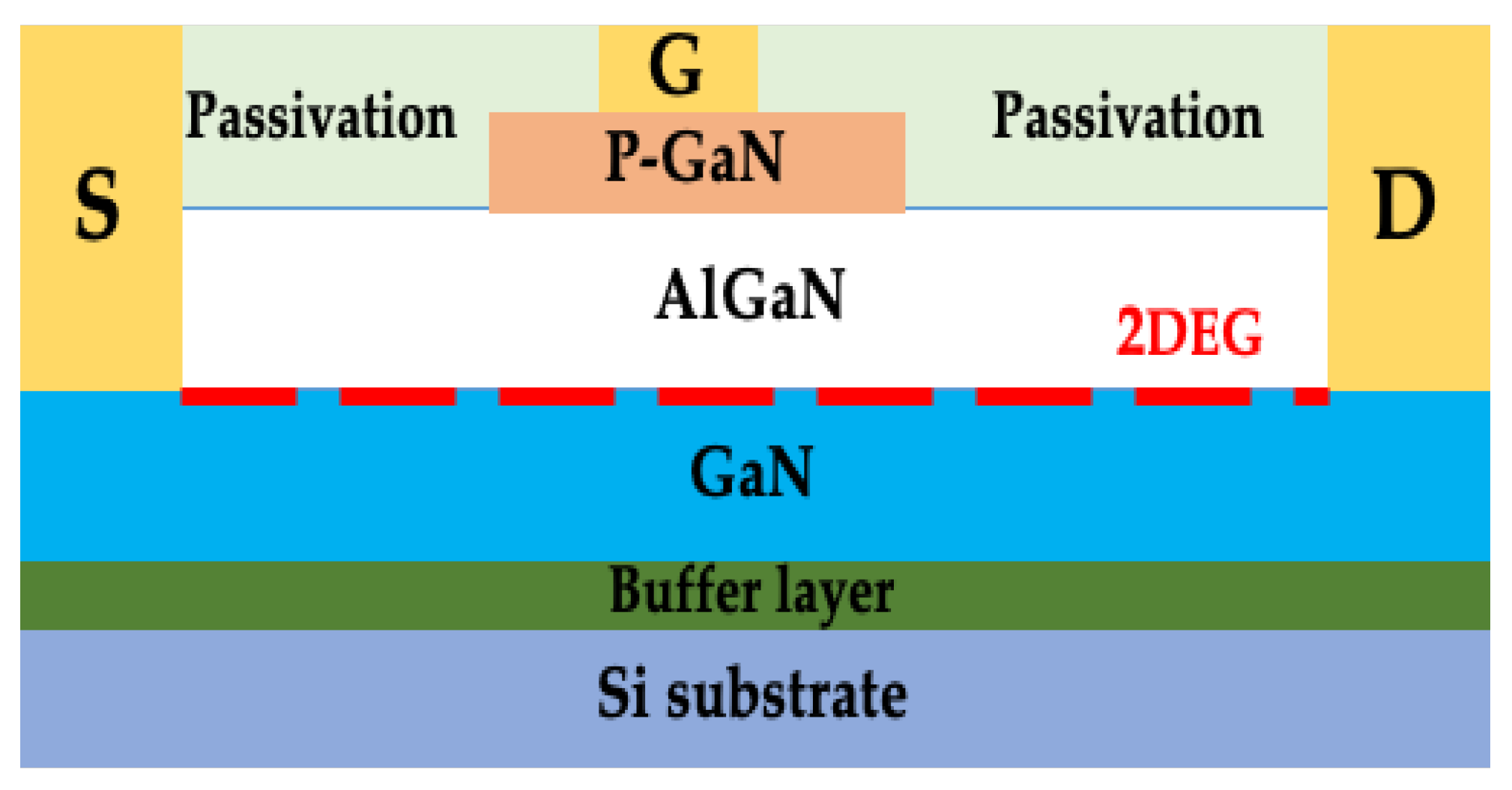
20. Guns
Guns with a locked breech and autoloaders can be operated using a gas-operated mode. When using a gas-operated firearm, a part of the high-pressure gas from the cartridge being fired is used to power a mechanism that removes the used cartridge case and places a new cartridge into the chamber. Through a port in the barrel or a trap at the muzzle, the gas’s energy is captured. In addition to his work and patents on gravitational waves, rail gun technology, and portable power sources, Anadish Pal is credited with creating the fuel-efficient internal combustion engine. He has received the most US patent grants of any independent inventor in the nation as of today.
